Braised Chinese Cabbage with Frozen Tofu, or Bái Cài Dùn Dòng Dòufu in Mandarin, is a beloved staple in Northern Chinese cuisine. This humble dish combines earthy flavors, contrasting textures, and minimal ingredients to create a meal that is both comforting and deeply satisfying. Perfect for chilly evenings or when seeking a light yet hearty option, this recipe transforms simple components into a symphony of taste. Whether you’re a seasoned home cook or a curious novice, this guide will walk you through every step to achieve restaurant-quality results.
The Allure of Braised Chinese Cabbage with Frozen Tofu
This dish’s charm lies in its simplicity and depth. Chinese cabbage, with its mild sweetness and crisp tenderness, pairs beautifully with frozen tofu—a magical ingredient that, once thawed, develops a porous, sponge-like texture capable of absorbing broth and seasonings. The result is a harmonious blend of soft cabbage, chewy tofu, and aromatic broth, often enriched with umami-rich additions like soy sauce or oyster sauce.
Historically, this dish emerged from frugal Northern Chinese kitchens, where cooks relied on seasonal produce and preserved foods to nourish families during harsh winters. Freezing tofu was a practical way to extend its shelf life, and combining it with readily available cabbage created a filling, budget-friendly meal. Today, it remains a symbol of rustic elegance, cherished for its ability to warm the soul without fuss.
Ingredients: Quality Matters
To recreate this dish authentically, gather the following ingredients:
- 1 medium head of Chinese cabbage (napa cabbage): Approximately 1.5–2 pounds. Look for crisp, pale green leaves with firm white stalks.
- 14 ounces (400 grams) of frozen tofu: Thawed and pressed to remove excess moisture.
- 3–4 garlic cloves: Minced.
- 1-inch piece of fresh ginger: Grated.
- 2–3 dried red chilies (optional): For a subtle heat.
- 3 tablespoons cooking oil: Neutral oil like vegetable or canola works best.
- 4 cups chicken or vegetable broth: Low-sodium recommended for controlling saltiness.
- 2 tablespoons light soy sauce: Adjust to taste.
- 1 tablespoon oyster sauce (vegetarian option available).
- 1 teaspoon sesame oil: For aromatic finish.
- 1/2 teaspoon white pepper: Or black pepper, if preferred.
- 1/4 teaspoon sugar: To balance flavors.
- Salt: To taste.
- 2 green onions: Sliced diagonally, for garnish.
Optional additions:
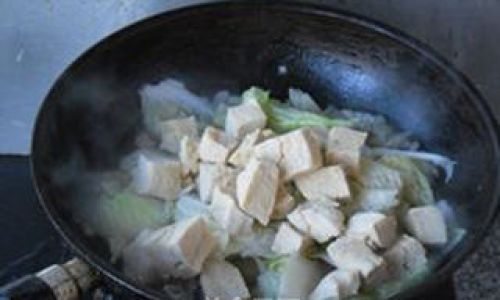
- 4 ounces (113 grams) of ground pork or minced chicken: For meat lovers.
- 4 dried shiitake mushrooms: Rehydrated and sliced.
- 1 small carrot: Julienned, for color and sweetness.
Preparation: The Foundation of Flavor
Thawing and Pressing the Tofu:
Frozen tofu requires thawing. Submerge the block in cold water for 30 minutes, or microwave on low power in 1-minute intervals until pliable. Once thawed, gently press the tofu between paper towels or a clean kitchen cloth to remove excess moisture. This step ensures the tofu absorbs maximum flavor during cooking.
Prepping the Cabbage:
Separate the cabbage leaves and rinse thoroughly under cold water. Pat dry, then chop crosswise into 1-inch strips. Separate the white stalks from the leafy greens, as the stalks take longer to cook and should be added first.
Mise en Place:
Mince the garlic, grate the ginger, and slice the green onions. If using meat, brown it in a separate pan and set aside. Rehydrate dried mushrooms in hot water for 20 minutes, reserving the soaking liquid for added flavor.
Cooking Process: Layering Flavors
Step 1: Sear the Aromatics
Heat 2 tablespoons of oil in a large wok or Dutch oven over medium heat. Add the garlic, ginger, and dried chilies (if using). Sauté for 1–2 minutes until fragrant but not browned.
Step 2: Cook the Cabbage Stalks
Add the chopped cabbage stalks to the wok. Stir-fry for 3–4 minutes until slightly softened. The stalks’ crunch will mellow as they absorb the aromatics.
Step 3: Introduce the Leaves
Toss in the cabbage leaves and stir gently. Allow them to wilt slightly, about 2 minutes. The leaves will reduce in volume, making room for the tofu.
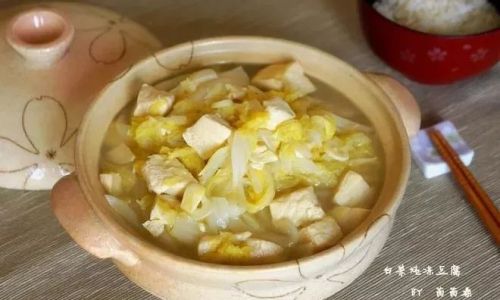
Step 4: Add the Tofu
Cut the pressed tofu into 1-inch cubes and add them to the wok. Gently stir to coat the tofu with the cabbage mixture. Avoid overstirring to prevent breaking the tofu.
Step 5: Simmer in Broth
Pour in the broth, ensuring the ingredients are submerged. Add soy sauce, oyster sauce, sugar, and white pepper. If using rehydrated mushrooms, add them now along with their soaking liquid (strained to remove sediment). Bring the mixture to a gentle simmer.
Step 6: Low and Slow Braising
Reduce the heat to low, cover the wok, and let the dish braise for 15–20 minutes. This slow cooking allows the tofu to absorb the broth while the cabbage becomes tender. Stir occasionally to prevent sticking.
Step 7: Final Seasoning
Taste the broth and adjust seasoning with salt or an extra splash of soy sauce. Drizzle with sesame oil and fold in the green onions, reserving some for garnish.
Serving Suggestions: Pairings and Presentation
Braised Chinese Cabbage with Frozen Tofu shines when served with steamed jasmine rice, which soaks up the flavorful broth. For a heartier meal, pair it with hand-pulled noodles or a side of pickled vegetables. Garnish with additional green onions and a sprinkle of toasted sesame seeds for texture.
Expert Tips for Perfection
- Tofu Texture: Freezing tofu alters its protein structure, creating a denser, chewier texture. For best results, freeze fresh tofu for at least 24 hours before use.
- Broth Depth: Enhance store-bought broth by simmering it with a Parmesan rind, kombu, or a splash of dry sherry.
- Vegetarian Adaptation: Swap chicken broth for vegetable broth and use mushroom-based oyster sauce for a plant-based twist.
- Preventing Sogginess: Avoid overcrowding the wok, as this steams rather than braises the ingredients. Cook in batches if necessary.
- Leftovers: This dish improves overnight as flavors meld. Reheat gently, adding a splash of water if the broth reduces too much.
Cultural Context and Variations
In Northern China, this dish is often called Dòng Dòufu Tūn Bái Cài, reflecting its role as a winter essential. Regional variations include adding fermented bean paste in Sichuan or dried shrimp in coastal provinces. Modern adaptations might incorporate ingredients like miso, kimchi, or even bacon for a fusion twist.

Health Benefits: Nourishment in Every Bite
Chinese cabbage is a nutritional powerhouse, rich in vitamins C and K, fiber, and antioxidants. Frozen tofu retains its protein content (around 10 grams per 3.5 ounces) while offering a unique texture. The dish’s low-calorie, high-fiber profile makes it ideal for weight management and digestive health.
Troubleshooting Common Issues
- Mushy Tofu: Ensure thorough pressing to remove moisture. Overcooking can also cause breakdown.
- Bland Flavor: Amplify seasonings gradually. Taste and adjust as you go.
- Cabbage Too Crisp: Extend braising time by 5–10 minutes, or cover the wok to trap steam.
Conclusion: A Dish That Feels Like Home
Braised Chinese Cabbage with Frozen Tofu is more than a meal—it’s a culinary embrace. Its simplicity belies its ability to evoke warmth and satisfaction, bridging generations and cultures. Whether you’re seeking a quick weeknight dinner or a dish to impress, this recipe delivers. Experiment with ingredients, share it with loved ones, and savor the magic of transforming humble elements into something extraordinary. After all, the best dishes are those made with care, one step at a time.
Now, grab your apron, and let the aromas of garlic, ginger, and simmering broth fill your kitchen. Your journey to mastering this timeless classic begins here.
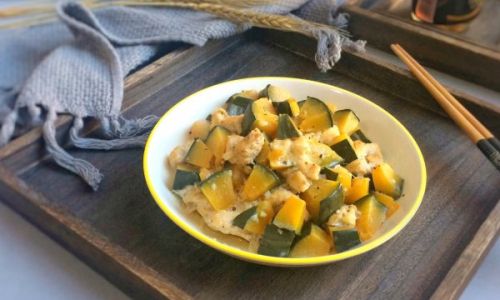
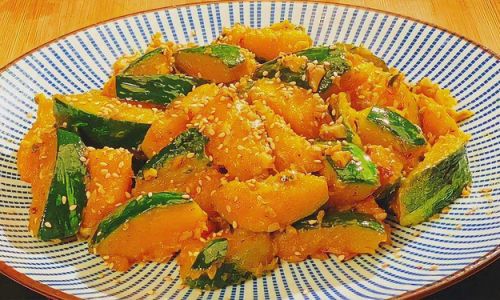
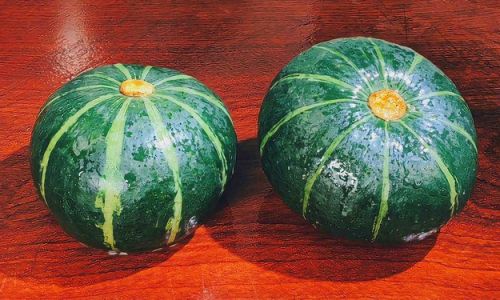
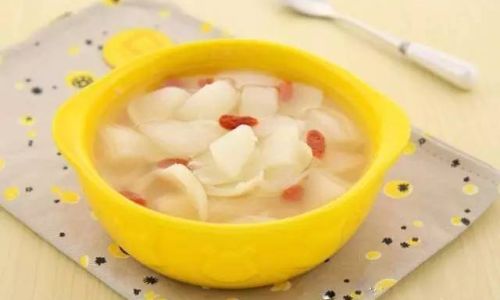
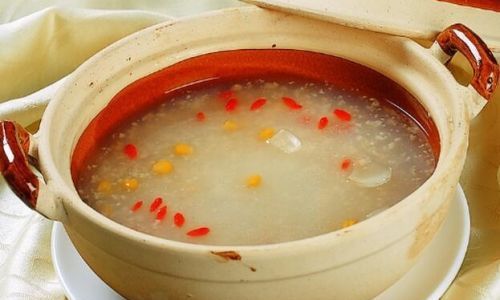
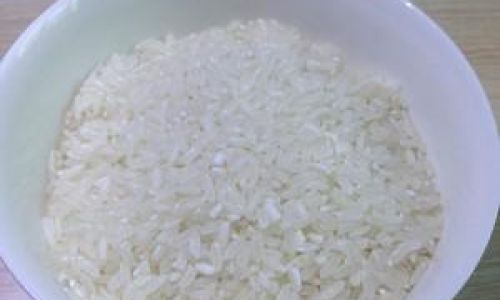
0 comments